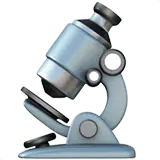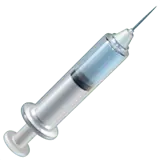Aphids


CLASSIFICATION
Animalia, Insecta, Hemiptera, Sternorrhyncha
ABOUT
Aphids are sap-sucking insects causing stunted plant growth, leaves, buds, and flower deformation, and infectious disease transmission.
How to treat?
 Biological
BiologicalRemove pests mechanically. Rub the pests off, or remove infested parts or use a strong stream of water to remove the insect.
Apply ecological products for plant protection (e.g. sticky cards, essential oils, horticultural oil).
Introduce natural enemies - predators, parasites, or diseases (e.g. lady beetles, lacewings, parasitic wasps).
Isolate the infested plant immediately to avoid the infestation from spreading.
 Chemical
ChemicalIf necessary, apply insecticide containing imidacloprid (GHS07: Harmful, GHS08: Health hazard).
 Disease prevention
Disease preventionEncourage the presence of natural enemies (e.g. lady beetles, lacewings, parasitic wasps).
Apply dormant oil (controls pests and diseases during the off-season).
Choose suitable neighboring plants. Some plants naturally repel aphids (e.g. chives, sage, onions).